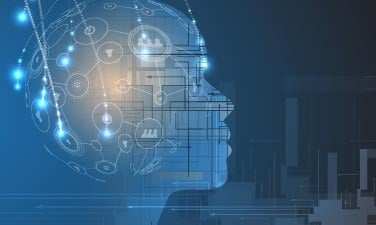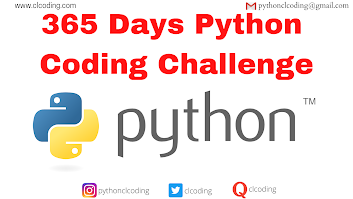Create Robust, Scalable & Real-World Applications
A Complete Guide for Modern Network Engineers, Developers & Automation Enthusiasts
💡 Build the Network Solutions the Future Runs On
Networks are the backbone of every modern application — and Python is the most powerful tool to automate, secure, and scale those networks.
Whether you’re an aspiring network engineer, a developer transitioning into Infrastructure Automation, or a student building real skills for real jobs…
this book gives you hands-on, production-ready knowledge that actually matters.
Inside, you’ll master Python by building real-world tools, not reading theory.
📘 What You’ll Learn
✔️ Network Architecture & Core Protocols
Learn TCP/IP, routing, switching, DNS, DHCP & more — explained the modern way.
✔️ Python Essentials for Network Engineering
From sockets to threading, from APIs to async — everything a network engineer must know.
✔️ Build Real Tools (Step-by-Step)
✓ Network scanners
✓ Packet sniffers
✓ SSH automation
✓ REST API network clients
✓ Log analyzers
✓ Monitoring dashboards
✓ Firewall rule automation
✓ Load balancing concepts
… and much more.
✔️ Automation, APIs, Cloud & DevOps
Master Netmiko, Paramiko, Nornir, RESTCONF, SNMP, Ansible, and cloud networking workflows.
✔️ Production-Ready Best Practices
Error handling, scaling, testing, performance optimization & secure coding patterns.
🧠 Who Is This For?
This book is perfect for:
-
Network Engineers wanting automation superpowers
-
Python Developers entering Infra, DevOps, Cloud
-
Students building portfolio projects
-
Self-taught learners wanting in-demand, job-ready skills
-
Anyone who wants to build scalable network applications
No advanced math. No unnecessary theory.
Just clean, practical, real-world Python.
🛠️ What You Get
-
Full 𝘀𝘁𝗲𝗽-𝗯𝘆-𝘀𝘁𝗲𝗽 book (PDF + EPUB)
-
Downloadable source code for all projects
-
CLI, GUI & API-based examples
-
Real-world mini-projects you can instantly use in your portfolio
-
Lifetime updates
-
Commercial-use license
⭐ Why CLCODING?
We create books that are simple, practical, and easy to implement — designed for students, working professionals, and self-learners.
Join thousands of learners using CLCODING books to build their tech careers.
📈 What You Can Build After Reading This
You will be able to create:
-
A complete network scanner
-
Device configuration automation system
-
Custom packet analyzer
-
Network status dashboard
-
Cloud networking API scripts
-
Firewall & routing automation tools
-
Real-time monitoring tools
-
Log analyzer with alerting
And you’ll understand exactly how networks work at a deeper level.
🔥 Level Up Your Network Engineering Career
Python is the future of networking.
This book shows you how to use it — properly.



.png)



.png)


.png)


.png)
%20by%20Allen%20B.%20Downey.jpg)










.png)



%20by%20Allen%20B.%20Downey.jpg)









.png)










